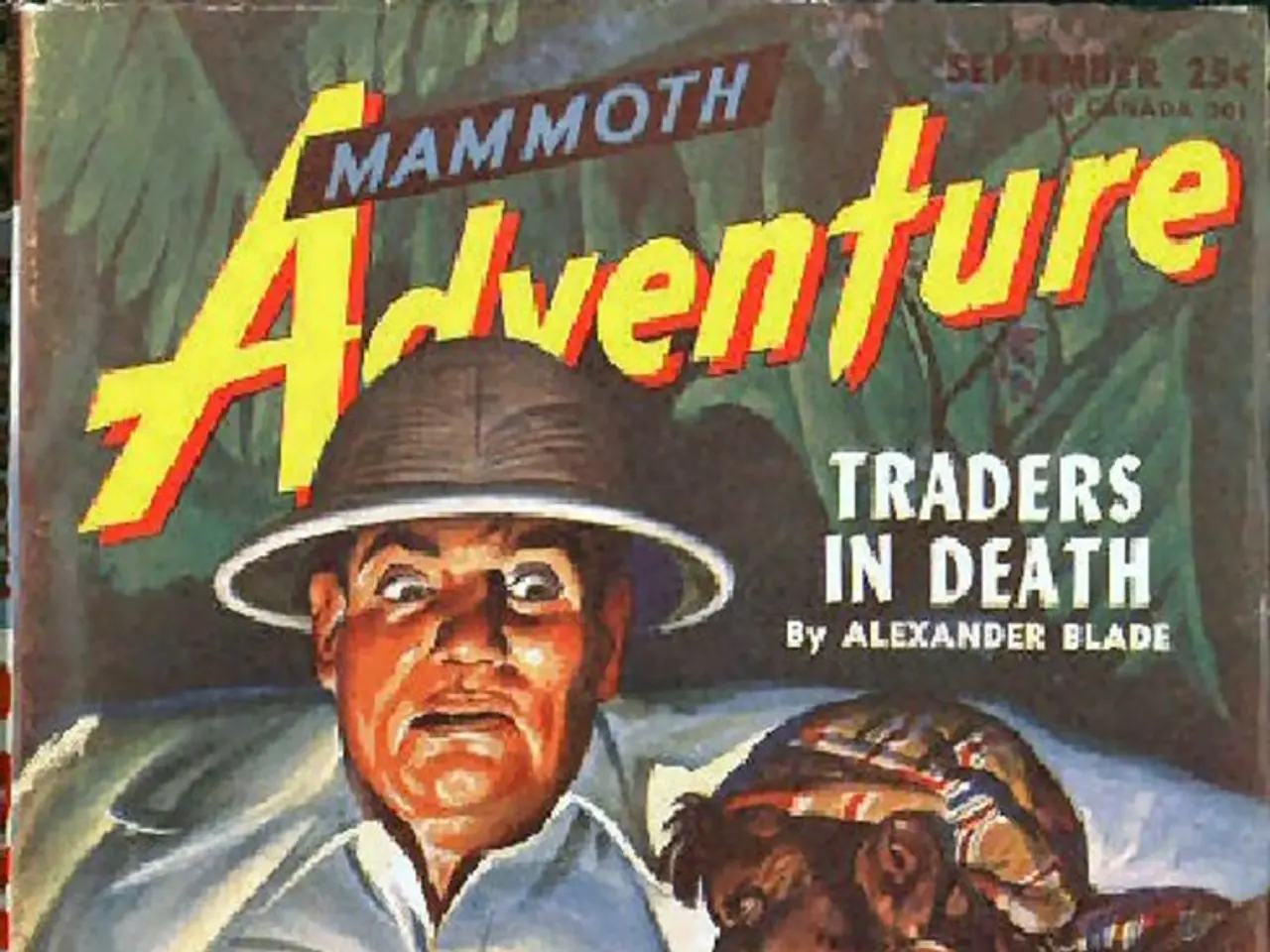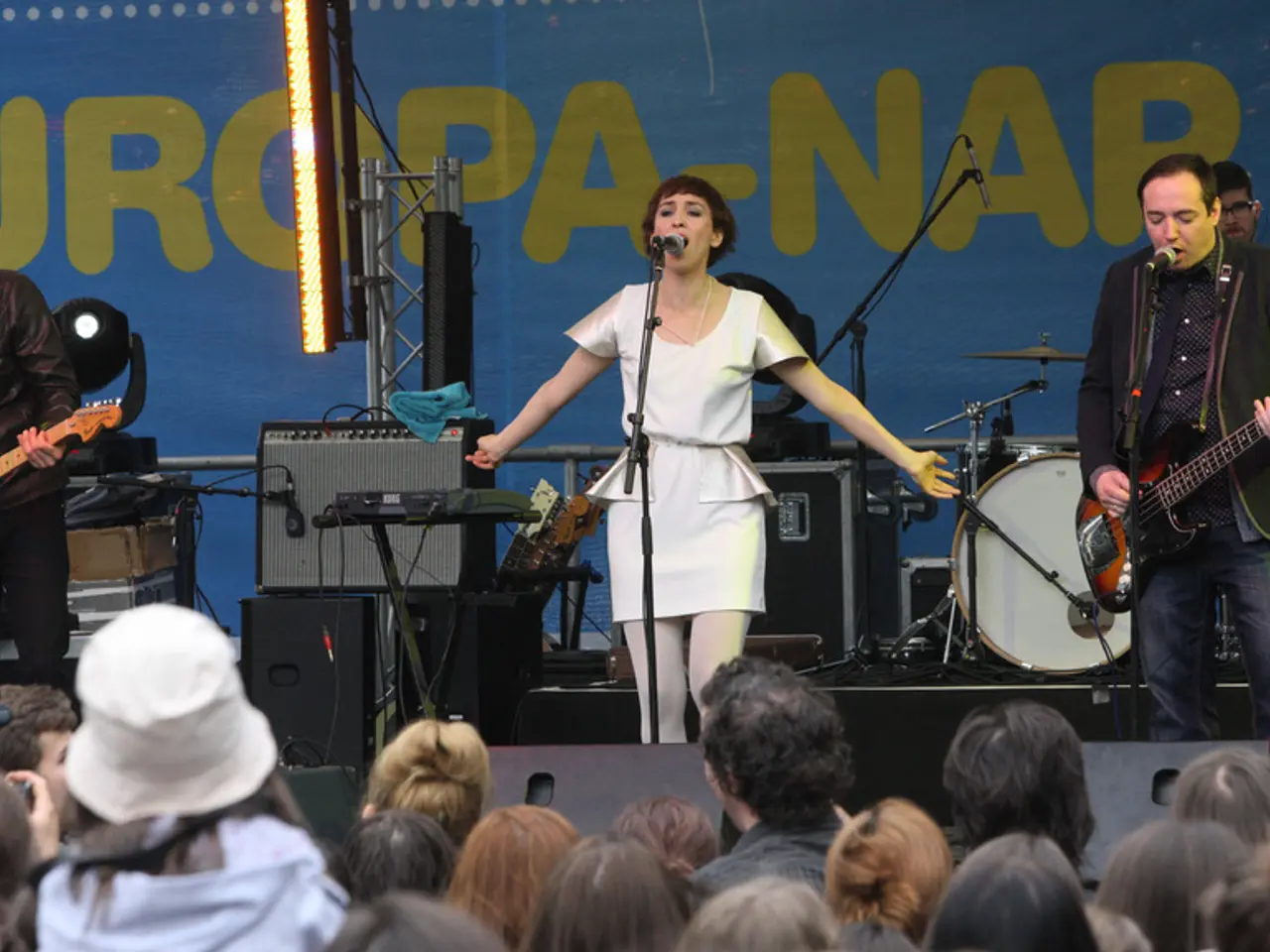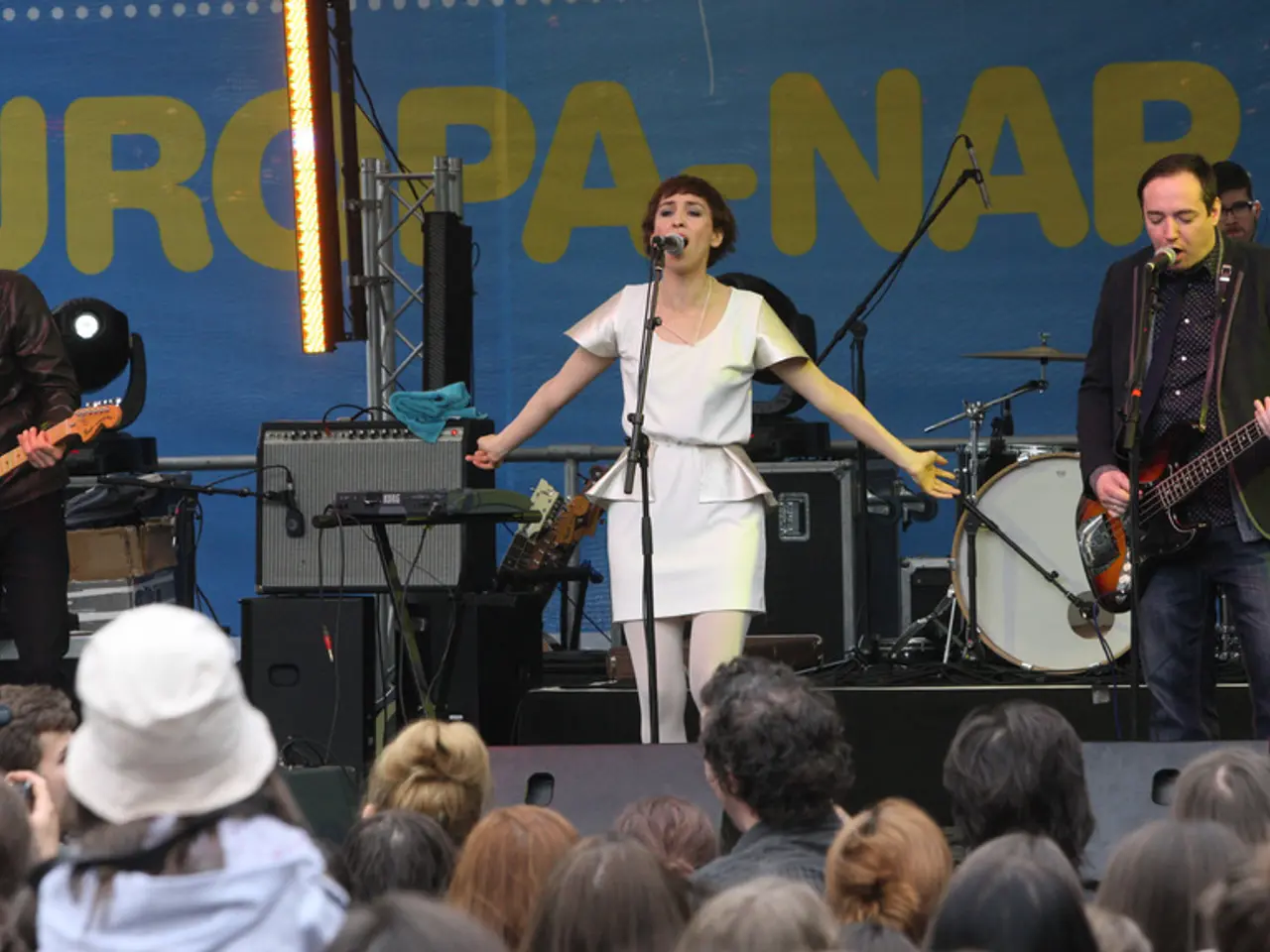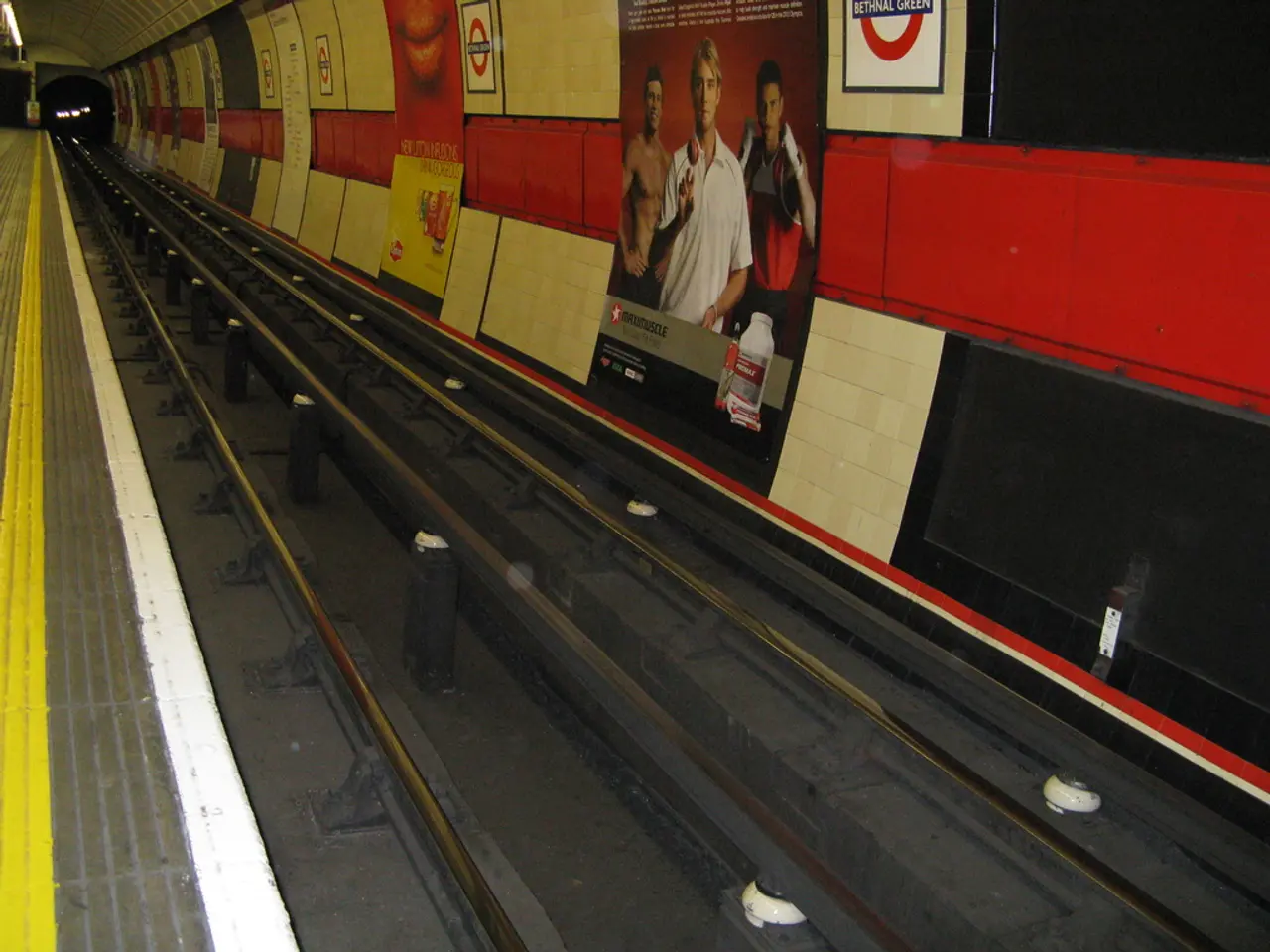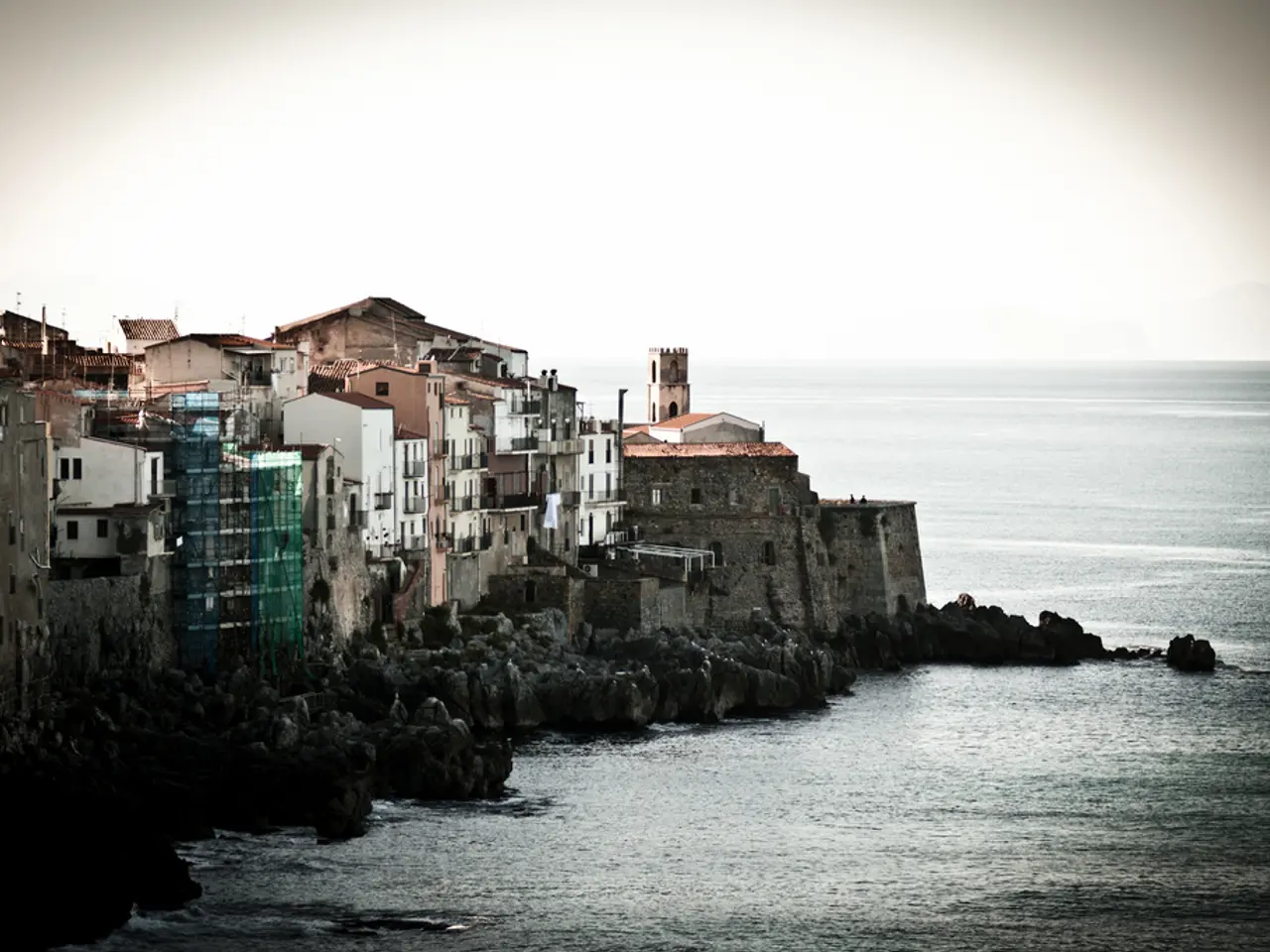Delving into the Spectacular and Imperfect Storytelling of Nomadland
In the critically acclaimed film "Nomadland," director Chloé Zhao employs a unique blend of minimalist production design, dynamic cinematography, and naturalistic storytelling to create a poignant portrayal of modern-day nomadism.
The film's cinematography, helmed by Joshua James Richards, transforms the American West landscapes into a character of its own. Handheld camera work adds a documentary-like realism, while the use of natural light enhances the authenticity of the scenes. To elevate this, more deliberate use of contrasting light or shadow could highlight emotional undercurrents in scenes.
To deepen the emotional resonance, the film incorporates personal anecdotes from real-life nomads. These real-life stories serve to ground the narrative in lived experience, making the film’s themes more tangible and relatable. Utilizing voiceovers from the nomads themselves can create a more immersive and poignant narrative.
Frances McDormand's portrayal of Fern in Nomadland serves as a masterclass in character-driven storytelling. McDormand's subtle performances allow for an intimate connection with the audience, letting the silence speak volumes. Her interactions with fellow nomads are marked by a genuine warmth and empathy, enriching the narrative. McDormand portrays Fern's strength and vulnerability in a balanced manner, making her character relatable and inspiring.
The film's pacing reflects the unhurried, cyclical nature of life on the road. It oscillates between moments of serene contemplation and bursts of narrative action, building suspense and keeping the audience engaged.
By focusing on Fern's internal journey, the film ensures that even the quieter moments are imbued with emotional weight. The production design, minimalist in nature, underscores the transient nature of the characters' lives. Experimenting with dynamic cinematography techniques such as drone shots, close-ups, and time-lapses can further elevate the film's emotional resonance.
Incorporating flashback sequences that delve into the past lives of the nomads can enhance the film’s authenticity. Building upon Zhao’s already distinctive style of handheld, naturalistic camerawork could add more energy and intimacy to the visuals. Utilizing a smaller crew and mobile cameras allows for capturing spontaneous moments and subtle emotional nuances, making the audience feel like observers within the nomads’ world rather than detached viewers.
In summary, enhancing "Nomadland"'s storytelling impact involves deepening the integration of real nomads’ personal anecdotes for emotional depth and authenticity. Employing more dynamic handheld cinematography to capture spontaneous and intimate moments can enrich the narrative visually. Utilizing natural light and varied camera techniques to visually reflect emotional states and the nomadic journey can make the story more immersive and impactful.
"Nomadland" is an adaptation of Jessica Bruder's non-fiction book about modern-day nomadism in America. The film has received widespread acclaim for its poignant portrayal of this lifestyle and its visual storytelling.
- For a more impactful visual narrative, the filmmaker could experiment with dynamic handheld cinematography to capture spontaneous and intimate moments in "Nomadland."
- The critic praised Chloé Zhao's use of natural light in "Nomadland," highlighting its role in enhancing the authenticity of the scenes.
- To elevate the emotional resonance of "Nomadland," it is suggested that more deliberate use of contrasting light or shadow could be implemented to highlight emotional undercurrents in scenes.
- Frances McDormand's subtle performances in "Nomadland" allow for an intimate connection with the audience, letting the silence speak volumes.
- The filmer's decision to incorporate personal anecdotes from real-life nomads contributes to the film's thematic depth and relatability.
- "Nomadland" reflects the unhurried, cyclical nature of life on the road, with its oscillation between moments of serene contemplation and bursts of narrative action.
- The adaptation of Jessica Bruder's non-fiction book, "Nomadland," has received widespread praise for its poignant portrayal of modern-day nomadism and its distinctive visual storytelling.
